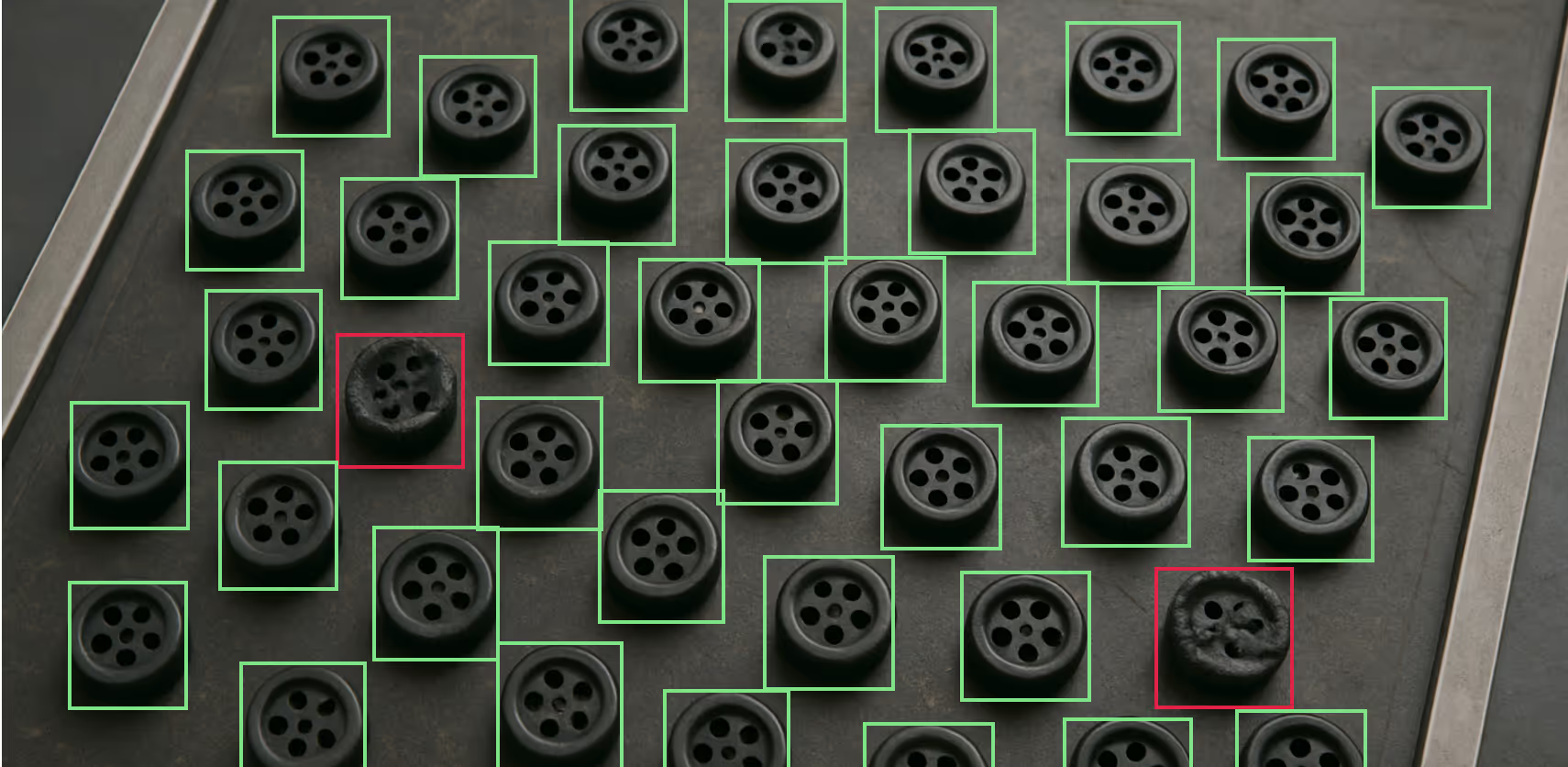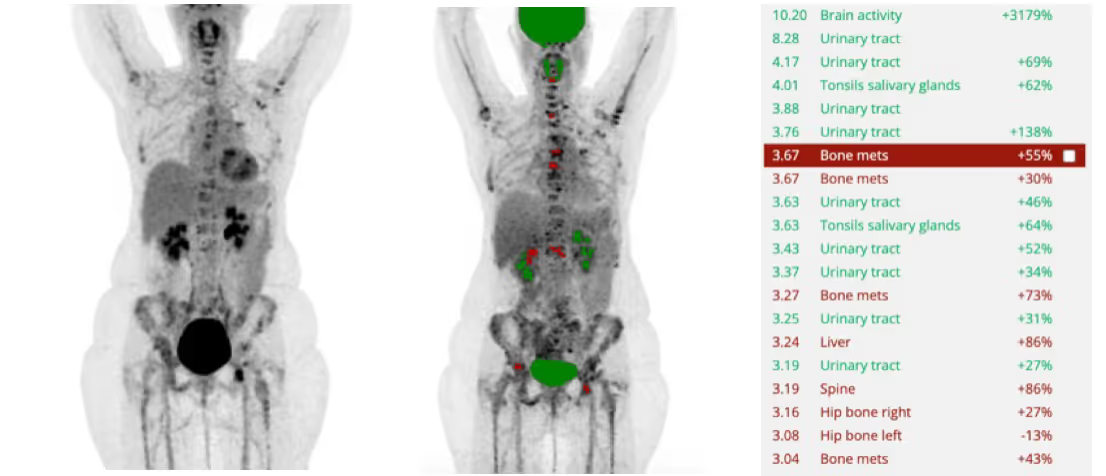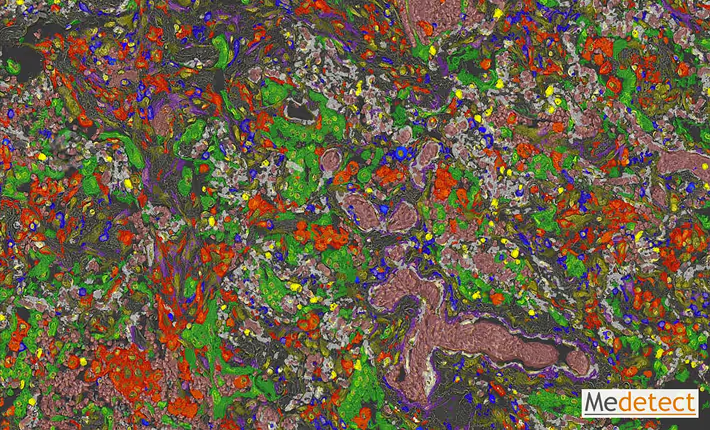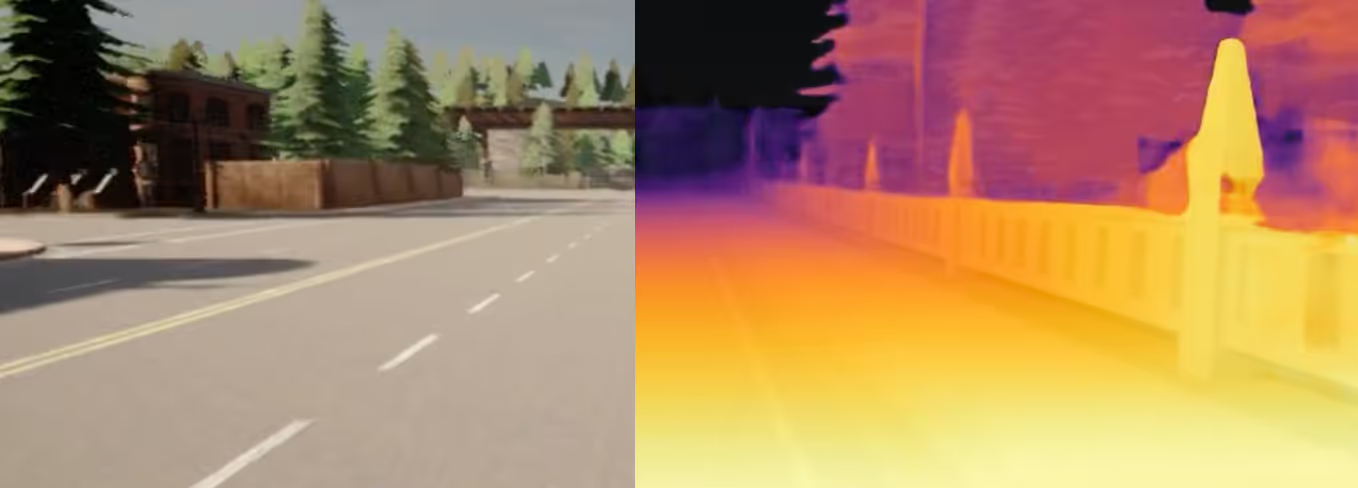In forestry, computer vision is used to identify tree species, assess health, detect diseases, and track the size and shape of trees for biomass estimation and growth analysis. Satellite and drone imagery help monitor deforestation, biodiversity, and reforestation efforts. This technology supports sustainable practices, resource management, and conservation initiatives.











